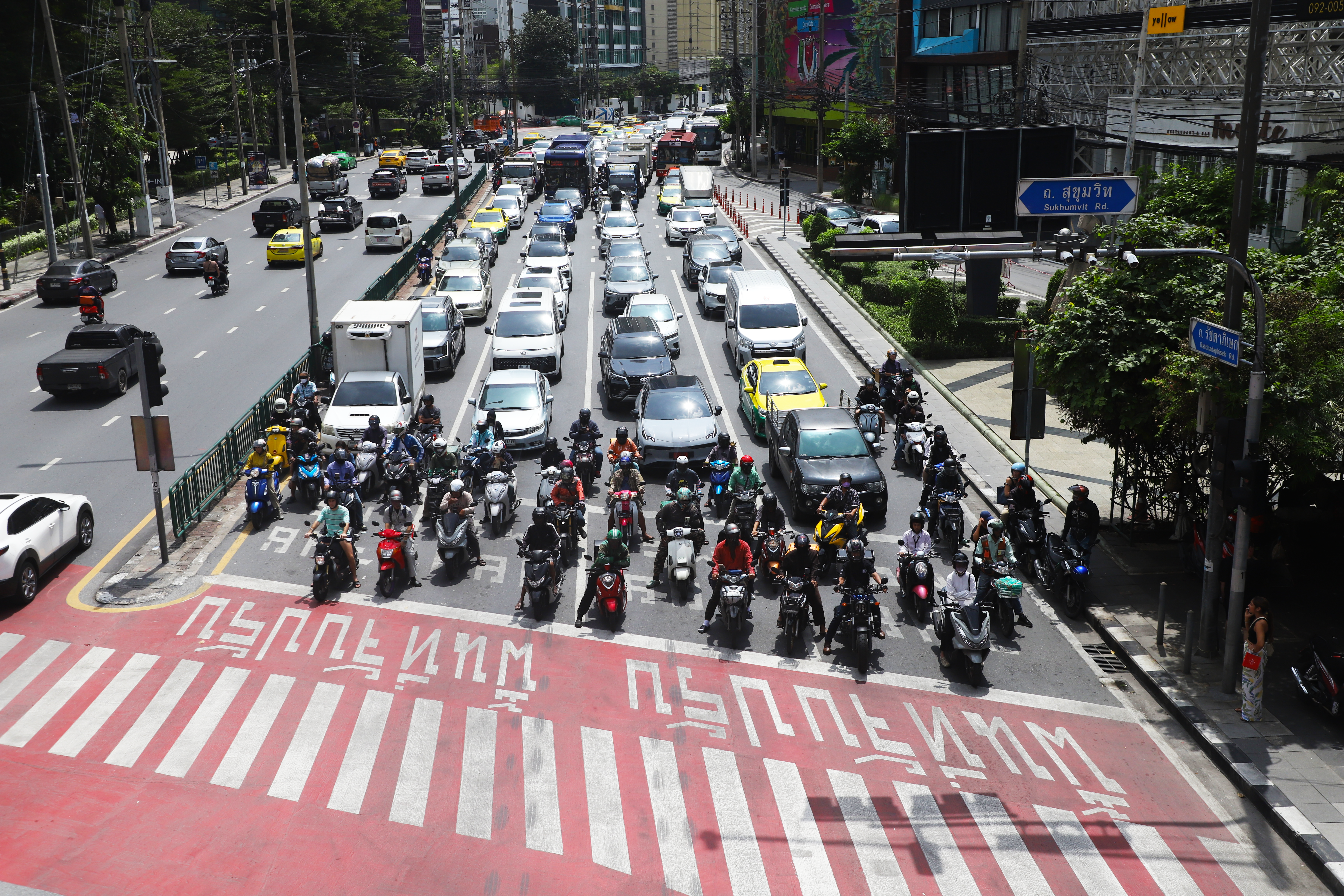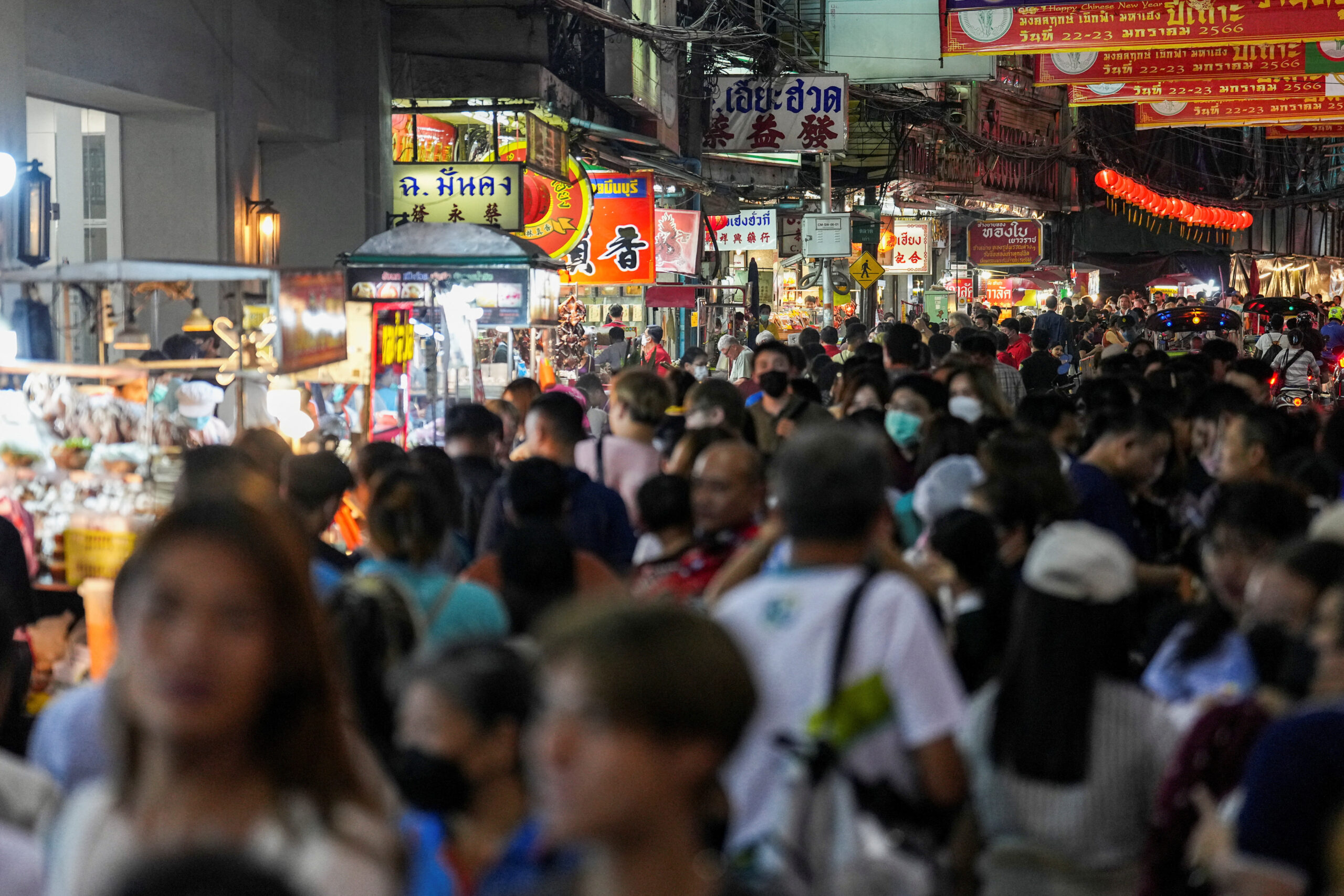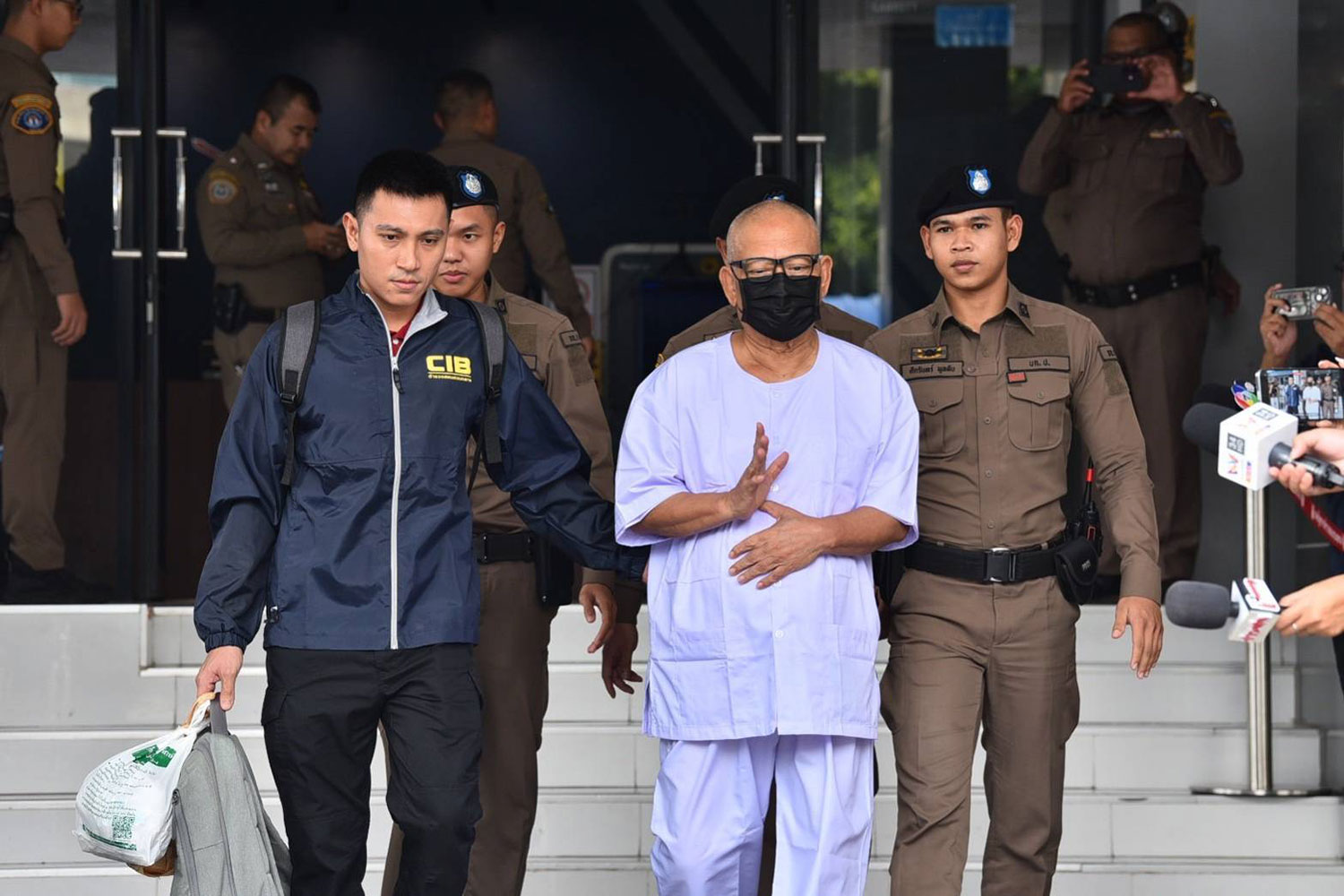Innovative ATC Technology Alleviates Traffic Congestion in Bangkok
The Bangkok Metropolitan Administration (BMA) has reported significant improvements in traffic flow due to the implementation of Area Traffic Control (ATC) technology. After two years of operation, this innovative system has effectively alleviated congestion in the capital’s busiest areas, enhancing the overall commuting experience for residents and visitors alike.
Collaboration with Japan International Cooperation Agency
BMA spokesman Aekvarunyoo Amrapala announced that the ATC system was developed in collaboration with the Japan International Cooperation Agency. This advanced technology adjusts traffic signal timings based on real-time vehicle volume on major roads, including Pradiphat, Phahonyothin, Ratchawithi, and Rama VI. Since its implementation in May 2023, traffic flow has increased by 10% during peak hours and an impressive 30% during non-peak hours.
Enhanced Efficiency Through Real-Time Data
With a robust database of real-time traffic volume, the BMA has significantly improved its traffic management capabilities. The ATC technology allows for dynamic adjustments to traffic signals, optimizing vehicle movement and reducing wait times at intersections. According to Mr. Aekvarunyoo, this system has transformed how traffic is managed in Bangkok, leading to a smoother flow of vehicles throughout the city.
Future Expansion Plans for ATC Technology
Looking ahead, the BMA plans to extend the ATC technology to additional roads, including Sukhumvit and Rama IX, aiming for comprehensive coverage across Bangkok by 2026. Furthermore, the installation of closed-circuit television (CCTV) cameras equipped with artificial intelligence will enhance monitoring of traffic violations, contributing to safer roads and more efficient traffic management.
Addressing Driver Discipline Issues
Despite these advancements, Mr. Aekvarunyoo highlighted that a lack of driver discipline remains a significant contributor to traffic congestion. Common issues include drivers stopping in no-parking zones to pick up or drop off passengers, as well as taxis and buses blocking lanes while waiting for customers. To combat these challenges, the BMA is collaborating with local police to enforce parking regulations using CCTV technology.
Road Improvements and Traffic Management Tools
In 2023, the BMA implemented various traffic management tools across 50 locations in Bangkok, resulting in a remarkable 25% reduction in overall travel time. This year, plans are underway to expand these tools to over 70 additional congested areas, further enhancing urban mobility and reducing travel delays for commuters.
A Brighter Future for Bangkok’s Traffic Management
The introduction of ATC technology marks a significant step forward in addressing Bangkok’s notorious traffic congestion. By leveraging modern technology and real-time data analysis, the BMA is committed to improving urban mobility and ensuring a more efficient transportation network. As expansion plans unfold and additional measures are implemented, residents can look forward to a future where commuting in Bangkok becomes increasingly streamlined and hassle-free.







